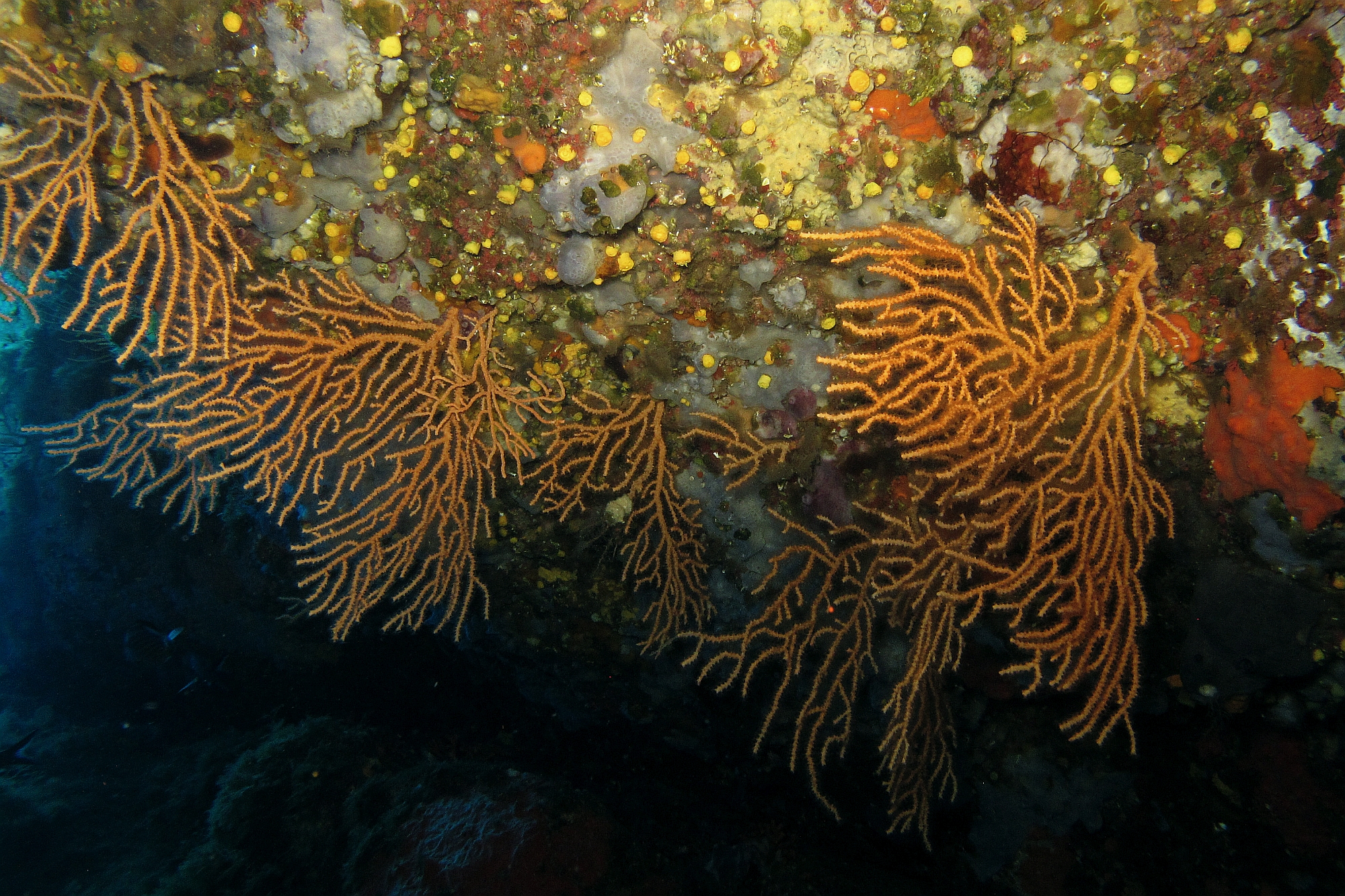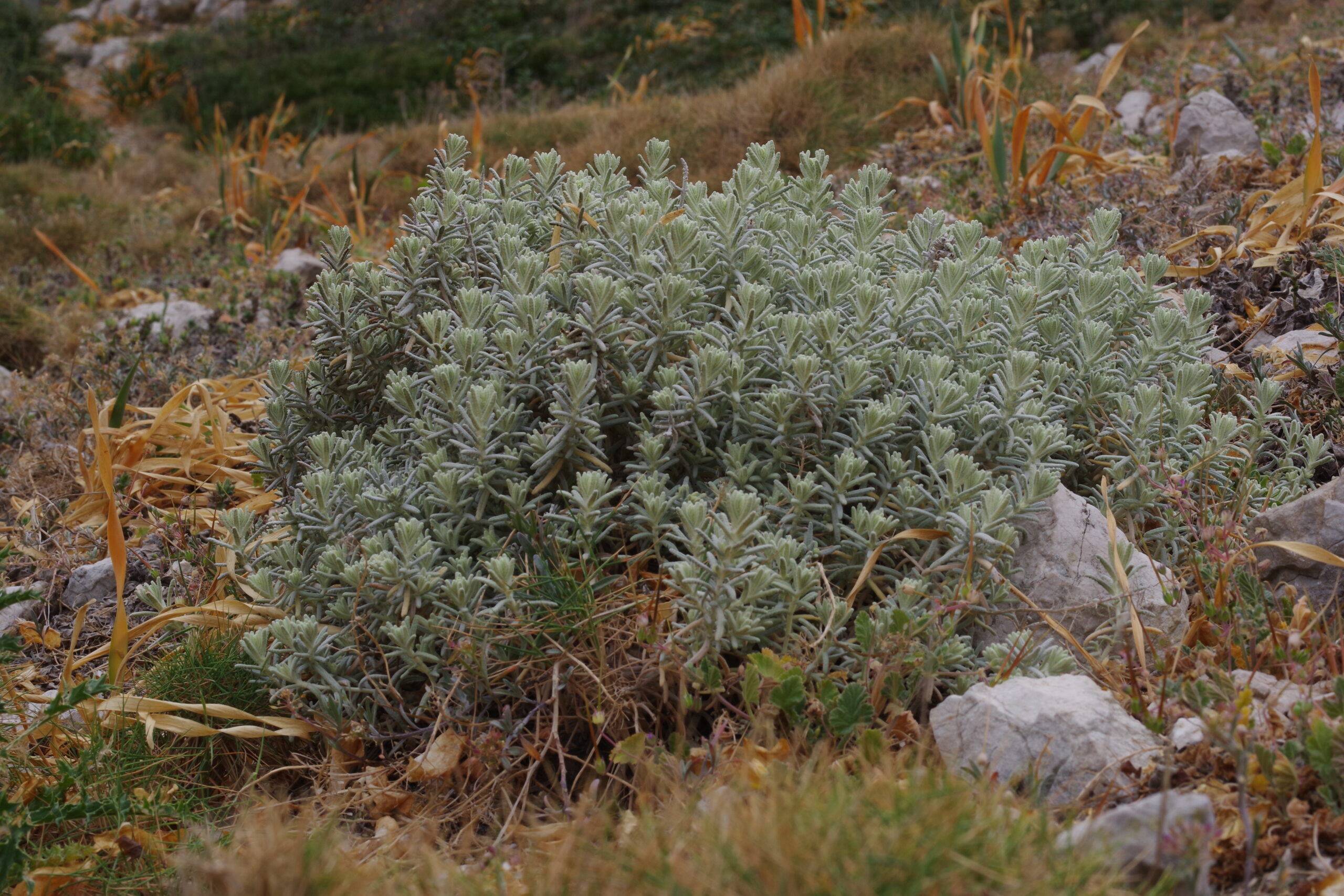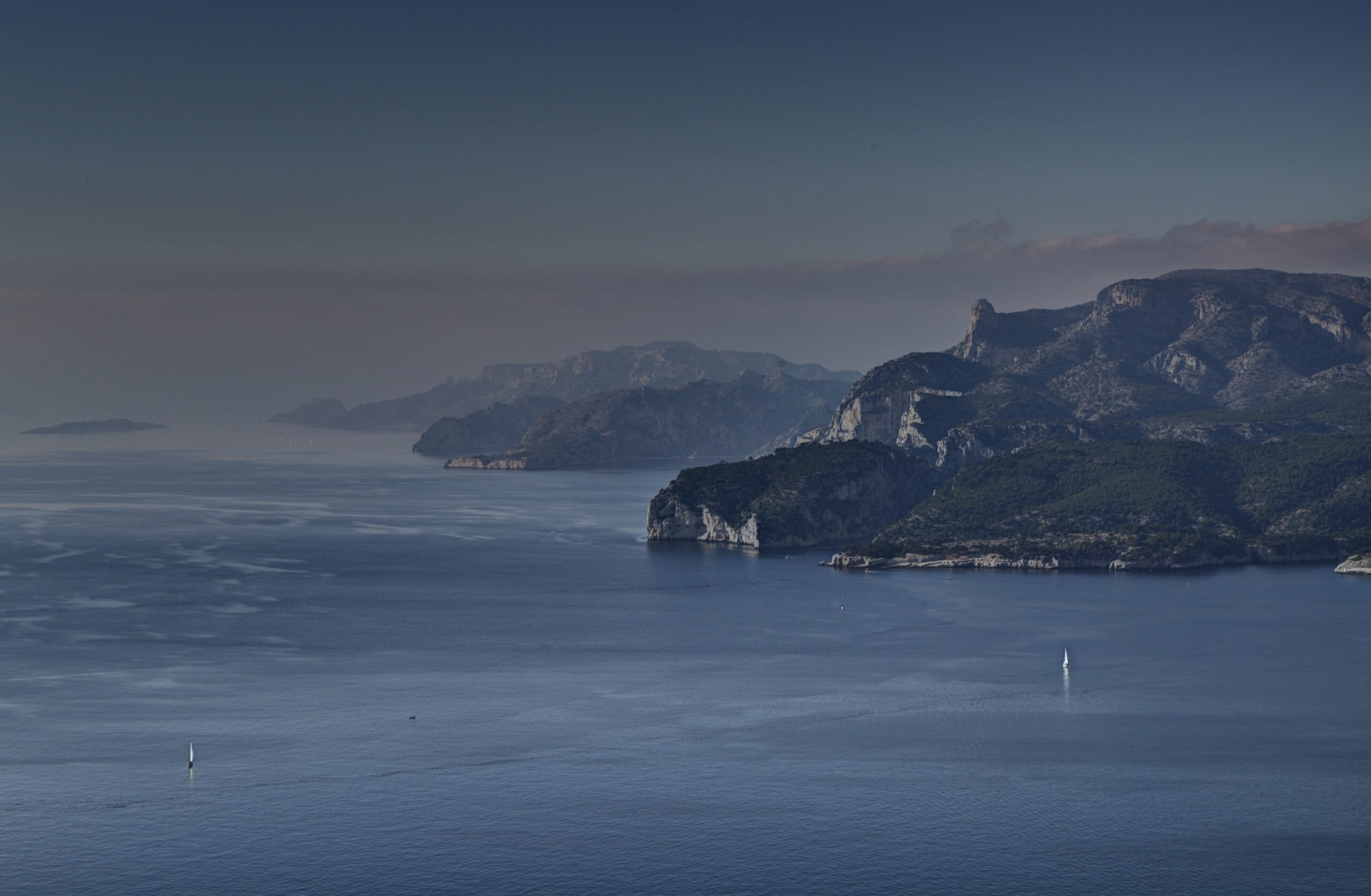Hybridization and adaptation in a Mediterranean coastal city

Credits photos A. Baumel and D. Guillemain
HYAM is a project of amU supported by A*Midex and France 2030.
Didier Aurelle (amU, OSU Pythéas/ISYEB) and Alex Baumel (amU, IMBE) lead the project.
Since the end of 2024, the project has recruited Vinciane Mossion (IMBE) in charge of genomic analyses.

An Introduction to HYAM Project
In the Anthropocene, a new ecology is taking shape on a planetary scale, but its effects on the phenomena of evolution and speciation are still poorly understood. Hybridisation may play a major role in the ability to adapt to these new environments. Indeed, hybridisation is an important aspect of the evolution of life. It contributes to adaptation by providing a set of genetic variants much faster than de novo mutations. The entry of genetic material from a first species into the genome of a second species is called « introgression ». Although it was an important issue since the beginning of genetics, the rise of genomics and the recent discovery of the « Neanderthal gene flow » into our species have shown the significance of introgression to understand the population genetic diversity and ecology of many species across all living beings.
Urbanisation is blurring the boundaries between man-made and natural environments. South of Marseille, human societies have continuously modified the environment since antiquity. From the beginning of the 19th century up to the middle of the 20th century, the industry developed and impacted the ecosystem. Then, practices and uses of the environment changed, and progressively tuned to recreation and urbanisation. Well known for its impressive landscapes and seascapes, the biodiversity of this area is now under the responsibility of the national park of Calanques (PNCal). Conservation of biodiversity requires knowing and identifying species, which was the beginning of the HYAM project. Independently, studies conducted on germanders (flowering plants) and gorgonians (marine animals) in the PNCal, face individuals that were likely difficult to assign to taxa. This project started from a grounded and applied perspective, raising a general question in biology: how can we identify and name an evolving population in a changing environment?
In HYAM, we propose to explore genetic limits and exchanges between species to test for the importance of hybridisation in their ecology and their persistence. We will also investigate how including evolution, reflected here by introgression, questions the practices of biodiversity conservation.


Credits photos D. Pavon, A. Baumel
Credits : the institutions and the persons involved
In any project, the contributions are numerous and generally go beyond the list of researchers who set up the project. As research is a complex process involving many academic, institutional and private services, it is almost impossible to list everyone who has helped make a project a reality. The project was initially built by 10 labs or organisations.
IMBE : Mediterranean Institute of marine and terrestrial Biodiversity and Ecology, Aix Marseille University, Marseille, France. Represented by Alex Baumel, alex.baumel@imbe.fr
OSU Pythéas: Aix Marseille University, Marseille, France. Represented by Didier Aurelle, didier.aurelle@osupytheas.fr
LPED: Laboratory Population Environment Development, Aix Marseille University, Marseille, France. Represented by Isabelle Laffont-Schowb, isabelle.schwob@univ-amu.fr.
PNCal : Calanques National Park, Marseille, France. Represented by Muriel Chevrier, muriel.chevrier@calanques-parcnational.fr.
RBG Kew : Royal Botanical Gardens of Kew, United Kingdom. Represented by Juan Viruel, J.Viruel@kew.org.
IFREMER : Institut Français de Recherche pour l’Exploitation de la Mer, La Seyne sur Mer, France. Represented by Stéphane Sartoretto, Stephane.Sartoretto@ifremer.fr.
ISYEB : Institut de Systématique Evolution et Biodiversité (MNHN), Paris, France. Represented by Sarah Samadi, sarah.samadi@mnhn.fr.
CIIMAR : Centro Interdisciplinar de Investigação Marinha e Ambiental, Matosinhos, Portugal. Represented by Jean-Baptiste Ledoux, jbaptiste.ledoux@gmail.com.
US : University of Seville, Spain. Represented by Montserrat Arista, marista@us.es.
UPO : Pablo de Olavide University, Seville, Spain. Represented by Eduardo Narbona, enarfer@upo.es.
To try and take account of all the people who contributed, we have drawn up a table of credits in which we list the contribution of each person, although it is not exhaustive.
It will be updated.


Credit photo A. Baumel
This web site and its content are under the CC-BY-SA licence.
Fièrement propulsée par WordPress